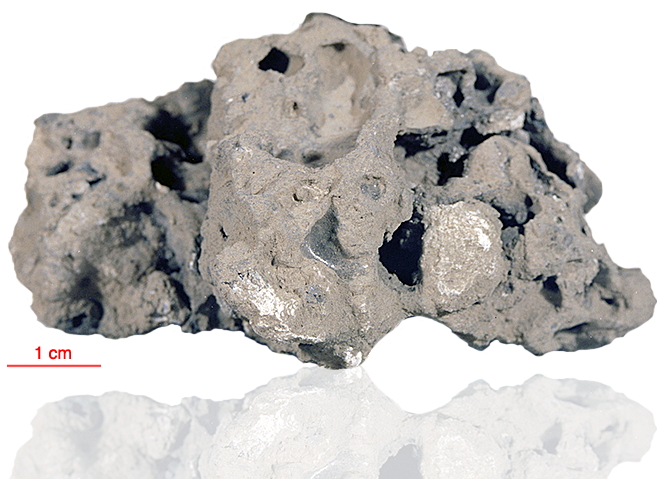
Fact sheet
65056 is a large glass object that contains interesting white clasts. The glass in 65056 has devitrified as various variolitic textures (bow-ties, sheaths and radiating clusters of plagioclase). The white clasts are about 1 cm in length. One white clast has large plagioclase crystals, and would be called an anorthosite (rotation 2). Another white clast has a poikiloblastic texture (rotation 1) and may be a norite.
The sample weighed 64.8 grams before analysis and has not been dated.
Further details of this and other Apollo samples are here: http://curator.jsc.nasa.gov/lunar/
The Apollo 16 landing site was in the hilly region around Descartes crater in the lunar highlands. The landing spot was chosen to allow the astronauts to gather geologically older lunar material (Descartes Formation and the Cayley Formation) than the samples obtained in the first four landings, which were in or near lunar maria.
The mission lasted 11.1 days, with a stay on the lunar surface of 71 hours. The crew were on the lunar surface for 20.2 hours during which they traversed approximately 27 kilometers and collected approximately 96 kilograms of samples.
Apollo 16 was launched on 16 April 1972.






